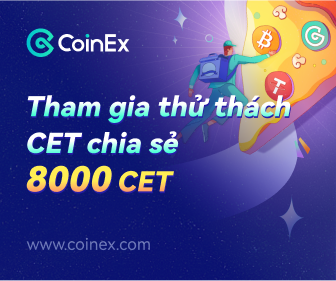
ERC 721 vs. ERC 1155
As an artist, you may be considering using blockchain technology to sell your digital art or other creative works. One aspect to consider is the type of smart contract you will use to facilitate the sale of your art. The Ethereum blockchain offers several types of smart contracts, each with their own unique features and use cases. In this article, we will explore the differences between four of the most commonly used smart contracts for selling digital art: ERC-721, ERC-721A, ERC-1155, and ERC-20.
ERC-721
ERC-721 is a smart contract standard for non-fungible tokens (NFTs). Non-fungible tokens are unique digital assets that cannot be replaced or exchanged for other assets on a one-to-one basis. Each ERC-721 token represents a unique digital item, such as a piece of art or a collectible.
One of the key features of ERC-721 is that it allows for the ownership and transfer of unique digital assets. This makes it well-suited for selling digital art, as each piece can be represented by a unique ERC-721 token. Additionally, ERC-721 allows for the creation of marketplaces and exchanges for buying and selling unique digital assets.
ERC-721A
ERC-721A is an enhanced version of the ERC-721 smart contract standard for non-fungible tokens (NFTs). It was developed by the Azuki team and used for their own NFT collection. One advantage of ERC-721A is that it is more gas-efficient, meaning it requires less processing power to execute certain actions. This can be especially beneficial when minting multiple NFTs at once, as it allows developers to do so at a lower cost in terms of gas fees. Gas fees refer to the fees paid to process transactions on the Ethereum blockchain, which have been subject to fluctuation and can sometimes become quite expensive. Overall, ERC-721A offers improved efficiency and cost-saving potential compared to the original ERC-721 standard.
ERC-1155
ERC-1155 is a smart contract standard that allows for the creation of both fungible (interchangeable) and non-fungible (unique) tokens in a single contract. This means that ERC-1155 can be used to represent both types of digital assets, making it a more flexible option than ERC-721.
One potential use case for ERC-1155 is the creation of games or other interactive digital experiences that involve both unique and interchangeable assets. For example, a game might use ERC-1155 to represent both unique collectibles and in-game currency that can be traded or exchanged.
ERC-20
ERC-20 is a smart contract standard for fungible tokens, which are interchangeable digital assets that can be exchanged on a one-to-one basis. ERC-20 tokens are commonly used as a form of digital currency or as a way to represent a stake in a particular project or asset.
Unlike ERC-721, ERC-721A, and ERC-1155, ERC-20 is not specifically designed for the ownership and transfer of unique digital assets. However, it can still be used to facilitate the sale of digital art, as long as the art is represented by a fungible token rather than a unique NFT.
Source NFT Culture



